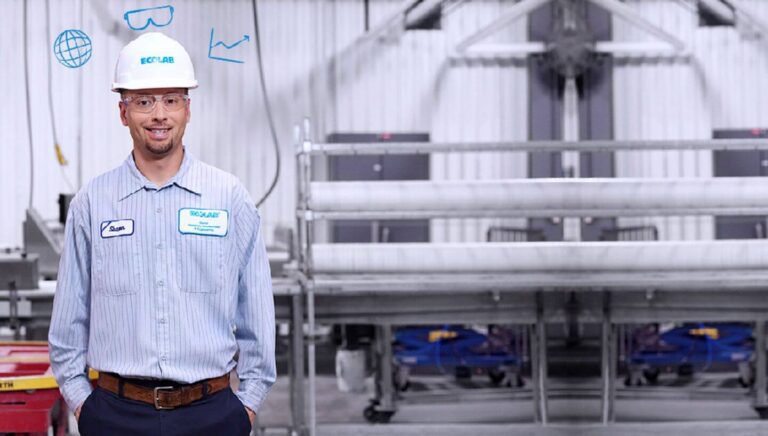Over the last decade we have seen a significant shift of power in the labor market, from one that is employer-driven to one that is more candidate-driven than ever. In fact, 90 percent of recruiters believe candidates, not employers, are in the driver's seat Ñ which is an astonishing 34-point increase from just a few years ago.
It's these candidates that will be the future of business success: the people that develop and innovate new products; push businesses into new markets; advance technology; unite teams of different people behind a common goal and vision; build new companies and new models that change our lives. It's talent that's behind customer growth, whether consumers or other businesses.
But course, we think end game (and money) first, spending most of our time trying to find, understand and gain customers. Organizations spend billions of dollars on business-to-consumer (B2C) and business-to-business (B2B) marketing strategies to reach and influence prospects throughout the sales funnel. There are books, methodologies, conferences, college curriculum, technologies. These acronyms are vernacular in business.
But what about the time and investment spent for the most fundamental and pivotal audience for organizations: talent? The asset that fuels the customers that roll in the dough? Where is and what is the discipline for B2T (business-to-talent)?
The importance of B2T (business to talent) in today's market
Don't even tell me, "Oh, we're doing it! B2T is candidate experience!" B2Tincludesa more influential, frictionless candidate experience, but it's so much bigger than that.
We need a cross-industry standard and methodology for how businesses communicate, influence, retain and appreciate talent. How they think about talent. How they invest in talent.
It means creating a B2T strategy and reshaping the narrative. Think about it: most social media channels, as well as candidate-facing sites like Glassdoor, weren't even around 10 years ago. For decades, organizations and recruiters could pitch and closely control any narrative they chose throughout the hiring process. "B2T" used to look something like: "We have a job, and you need it. Apply with little information, and let's see what can you do to impress us." (And actually, for a lot of companies, still looks like this today.)
But now, that narrative can, and is, shaped by so many people outside of the business and with more influence. Nearly three-quarters (72 percent) of candidates spend more than an hour researching a job and employer before even applying, and 16 percent of job seekers spend more than five hours! Candidates today exhibit consumer shopping behavior, doing their research to determine whether a company and role is really the right fit for them. Candidates have essentially become customers, and recruiters are the marketers.
So how do businesses follow that marketing-focused shift to rethink their B2T strategy amidst all of these external factors?
Investing in B2T marketing
Customer relationship management (CRM) software is expected to grow to a $36.5 billion market worldwide this year, and a CRM can increase revenue by 41 percent per sales rep. Companies invest in tools and technologies that enable them to facilitate deeper relationships with customers because the business impact of doing so is clear. But the truth is, investing in your B2T strategy also leads to tremendous bottom-line payoffs. After all, without the right people to innovate and grow your business, or be at the helm of product development or customer service, you won't have a competitive angle for consumers or other businesses to buy.
Aberdeen research reveals that best-in-class organizations are twice as likely to use recruitment marketing in their talent acquisition function, and 30 percent more likely to invest in new technologies to make recruitment more engaging to candidates. Using a recruitment marketing platform can help you attract, influence and nurture candidates at every touchpoint in the candidate journey.
The consumerization of how candidates approach their careers plus the importance of finding the right talent who believes in your mission and stay means that HR and talent acquisition teams have to be as disciplined, brand-forward and insight-drive as marketers.
The hiring process has become more like a selling process. By having a dedicated and thoughtful approach to the strategies, tactics and technologies you will use to reach candidates earlier in, and consistently throughout, their careers, you can leave a positive lasting impression and make your company stand out as the employer of choice.



